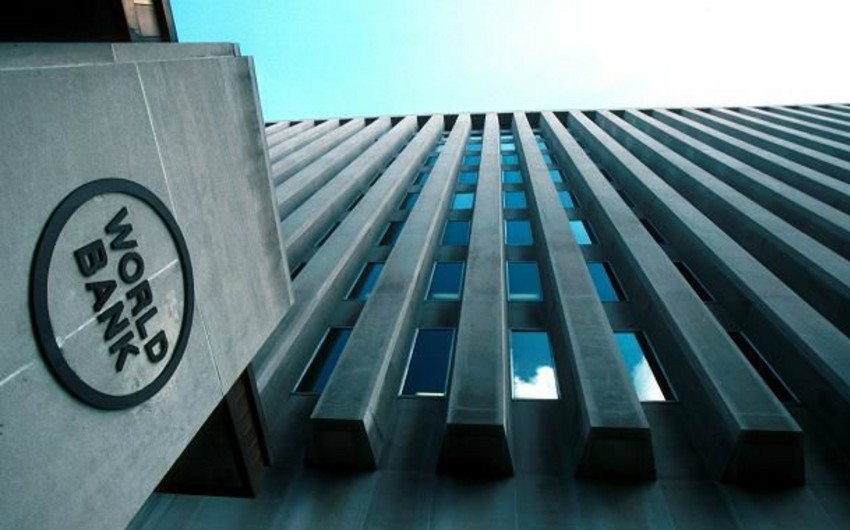Bern, 29 August. REPORT.AZ/ In Azerbaijan, 51% of population does not borrow, and those who borrow prefer an informal credit over a formal one.
Correspondent of Report News Agency in Switzerland says, this is one of the many findings of a large household survey conducted by the World Bank in Azerbaijan. The study was conducted under the Financial Literacy and Consumer Protection Project financed by the Swiss government.
Financial inclusion or inclusive financing is the delivery of financial services at affordable costs to sections of disadvantaged and low-income segments of society, in contrast to financial exclusion where those services are not available or affordable. A report by a World Bank project supported and financed by the Swiss Government reveals some interesting facts about this.
Only 36.4% of the population is considered financially included in Azerbaijan. To compare this with neighbouring Georgia, this figure stands at 39.7%. Meanwhile, Azerbaijan has only 10.7 commercial bank branches per 100,000 adults compared to 27 in Georgia. However, 27 % of firms use banks to finance investment in Azerbaijan, whereas in Georgia it is 22%. The volume of domestic credit provided by the financial sector is 33% of GDP in Azerbaijan. In Georgia it is 45%.
The percentage of population who are aware of bank services is 98%, whereas only 84% of adults have so far used bank products. Only 15% of adults use bank credit, with usage 4% higher in urban than rural areas. Although 65% of the population knows about e-money agents and about one in five has used e-money products in the past, current usage is only 0.3%.The number of adults saving money is 45% - equally split between formal and informal methods. Propensity to save is higher in urban areas (25% more than rural) and among women (18% more than men).
The report also gives numerous recommendations to the Central Bank and the private sector on how to increase financial literacy, e.g. by using modern technology or adapting curricula. As a direct result of the project, the Central Bank of Azerbaijan has just finalized its financial literacy strategy for the country.Consumer protection and financial literacy will remain an important component of the follow-up Program starting later in 2016.


 https://static.report.az/photo/9ecd5c09-92c5-4411-bf70-275d40cd1dfa.jpg
https://static.report.az/photo/9ecd5c09-92c5-4411-bf70-275d40cd1dfa.jpg

